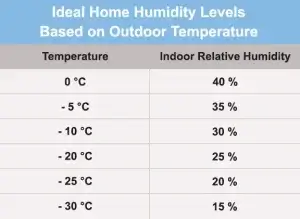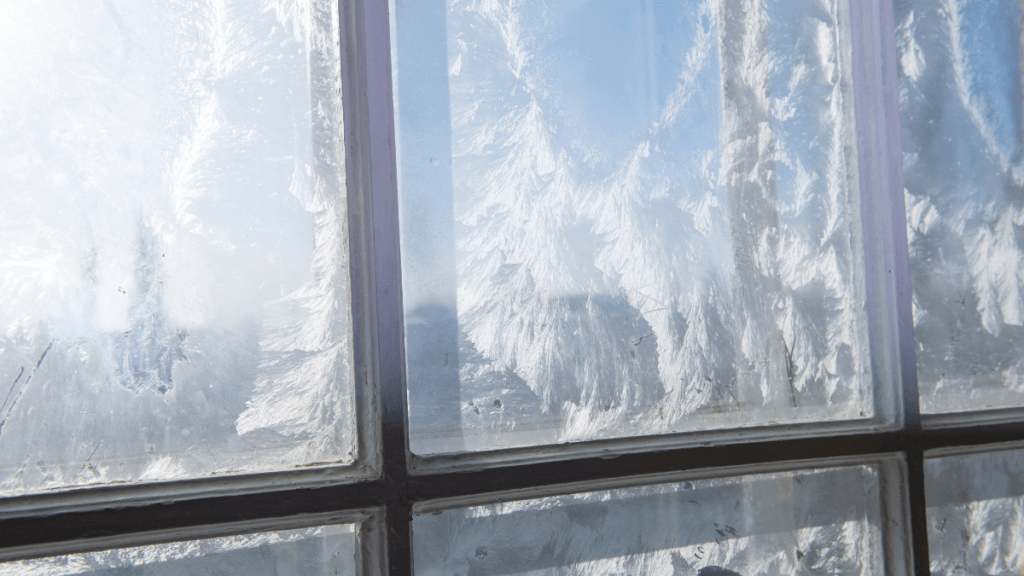Winter showcases its beauty, yet it often presents difficulties for those who own homes—such as ice accumulating on windows. This problem, while frequent, can be troubling, particularly if it results in drafts, moisture damage, or increased energy costs. So, what causes ice to appear on your windows, and what can you do to stop it? Let’s explore this further.
The formation of ice occurs when warm, moist air encounters the chilly surface of the glass, leading to condensation that freezes. Factors such as poor insulation, gaps around windows, or insufficient ventilation can exacerbate this issue. To mitigate ice buildup, homeowners can take proactive steps, including sealing any leaks, improving insulation, and utilizing dehumidifiers to reduce indoor humidity levels. Additionally, installing storm windows or using window films can provide an extra layer of protection. By understanding the causes and implementing preventive measures, you can enjoy the beauty of winter without the complications that ice on windows can bring.
Why Does Ice Build Up on Windows and How to Prevent It
Frost on windows mainly forms when condensation freezes. Grasping the underlying factors can aid in effectively managing and preventing this problem.
High Humidity Inside
Excessive humidity within the home is a primary factor. When warm, moisture-rich air from indoors meets the cold surfaces of windows, it results in condensation. As temperatures drop, this moisture solidifies into ice.
Recommended Indoor Humidity Levels:
To reduce the chances of frost accumulating, it's crucial to maintain suitable humidity levels corresponding to varying outdoor temperatures:

Managing Humidity Effectively:
Monitor humidity levels in real-time with a hygrometer. To decrease moisture, utilize dehumidifiers, exhaust dryers outdoors, cover pots while boiling, and limit indoor activities that produce excess moisture.
Poorly Insulated Windows
Aging or inefficient windows can let cold air in, lowering surface temperatures and causing condensation to freeze.
Solutions:
Upgrade to double or triple-glazed windows containing insulating gas. Implement Low-E glass to reflect heat back into the interior. Utilize temporary insulation kits as a cost-effective winter measure. Inspect window seals and replace weatherstripping as needed.
Inadequate Airflow
Limited ventilation can raise humidity levels, leading to moisture settling on cooler surfaces. Areas like kitchens, bathrooms, and laundry spaces generate significant amounts of moisture requiring adequate airflow.
Enhancing Ventilation:
Use exhaust fans in kitchens and bathrooms while cooking or showering. Consider installing a heat recovery ventilator (HRV) to boost air circulation and preserve warmth. Open curtains or blinds during the day to facilitate air movement, decreasing condensation formation.
Severe Outdoor Temperatures
Even well-insulated windows face challenges in extreme cold. When outside temperatures drop, window surfaces may cool enough to create freezing condensation.
Ways to Combat Cold Weather:
Install cellular shades or thermal blinds for added insulation, trapping air and minimizing heat loss. Maintain steady indoor temperatures and allow sunlight to warm your space during clear days.
Seal Drafts
Check windows for drafty areas, sealing cracks with caulk or weatherstripping to block cold air from entering and retain warmth.
Upgrade Windows
For outdated windows, modern replacements offer the most effective long-term resolution. Window Mart provides custom, energy-efficient options to reduce ice formation and enhance comfort.
Eliminate Ice Buildup with Canglow
Ice accumulation on windows signals possible energy efficiency issues. Resolving this not only boosts comfort but also contributes to lower energy expenses.
Are you prepared to experience a cozy, frost-free winter? Get in touch with Canglow now for a complimentary consultation regarding your upgrade to energy-efficient windows. Our experts are here to assist you in discovering the ideal solution to improve your home's comfort and efficiency.
